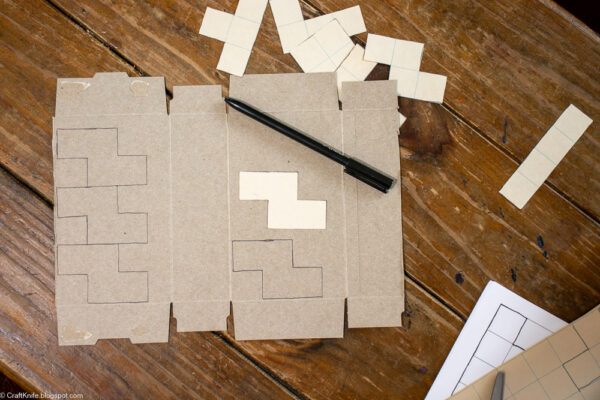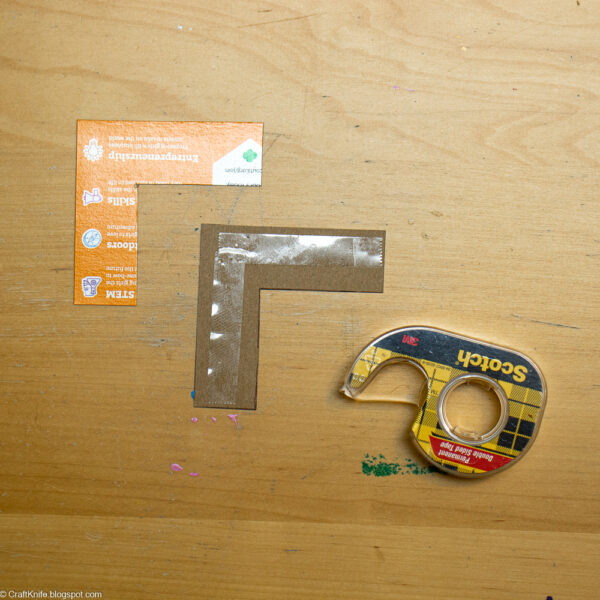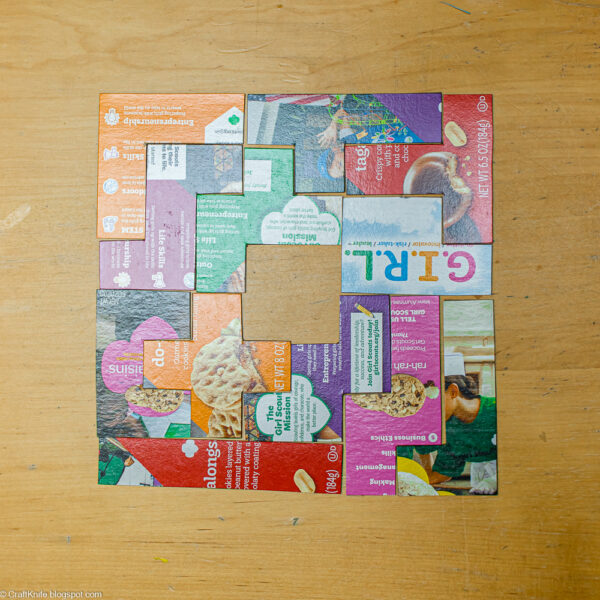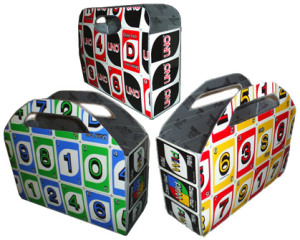Polyominoes are a super fun educational toy. When made from upcycled cardboard food packaging, they’re also super eco-friendly!
If you’ve ever played Tetris, you know what polyominoes are, AND you know how fun they are!
Without getting too mathy, because I know that scares some of y’all, polyominoes are shapes that you can draw on a piece of graph paper using the same number of squares.
You know dominoes, right? Those are polyominoes made of two units.
Tetrominoes are made of four units. When you play Tetris, you’re playing with tetrominoes!
Pentominoes, pieces made from five units, are my personal favorite.
There are infinite really interesting math problems–many of which have never been completely solved!–that utilize polyominoes. But even for us non-professional mathematicians, polyominoes remain very fun. You can build cool patterns with them. You can create puzzles from them, then try to solve them! And, if you have a kid around, they’re a sneaky way to build their logical reasoning skills and to teach concepts of area, perimeter, patterning, and other even more abstract, sophisticated geometry and measurement concepts.
Also, I’m just going to say it one more time–they’re really fun!
You don’t need another set of plastic game pieces kicking around your home, though. Instead, here’s how to make any set of polyominoes that you want from sturdy, upcycled, recyclable cardboard.
To make your own set of upcycled cardboard polyominoes, you will need:
- upcycled cardboard. Cardboard food packaging is perfect for this project–for this tutorial, I’m making all my polyominoes from Girl Scout cookie boxes! It would be VERY fun, though, to make “life-sized” or giant polyominoes from corrugated cardboard.
- graph paper. Once upon a time, I scored the rest of someone’s stash of 1″ graph paper at a yard sale, but the internet exists now, and so you can just print graph paper at any size. Or if you, like all the other cool kids these days, don’t own a printer, you can buy it commercially.
- measuring and cutting supplies. I made all these polyominoes with a pen and a pair of scissors.
- double-sided tape (optional). All polyominoes other than Tetris pieces are meant to be able to be flipped over, and if you get into doing polyomino puzzles, solutions will often require it. For that reason, I make most of my own polyomino pieces double-sided. But if the difference between the front and back of a polyomino piece doesn’t bother you, then don’t bother with this extra step!
Step 1: Create the polyomino patterns.

This first step is my favorite!
On graph paper, sketch out the outlines of your polyominoes. You can easily Google patterns for various polyomino sets, but kids, especially, find it VERY fun to create their own polyominoes from scratch.
Cut out your polyominoes, and you’re ready to apply them to the cardboard.
Step 2: Use the paper templates to make cardboard polyominoes.

Trace around the polyominoes and cut them out of the upcycled cardboard.
Using upcycled cardboard food packaging gives you a lot of scope for creativity! If you’ve got a variety of colors, like I do with my Girl Scout cookie boxes, it can be fun to make each type of polyomino a different colors. Or, decide that the plain cardboard side will be front-facing, and decorate the pieces with markers.
Step 3 (optional): Make the polyominoes double-sided.

Tetris gets away with not letting you flip pieces by making the flipped side a completely separate piece. For every other use, though, you’ll generally want to be able to flip your pieces over. If you’re using cardboard that’s roughly the same on the front and back, that’s not a problem, but with this cardboard food packaging that has a printed side and a plain side, I’ve discovered that many people, and especially kids, find it non-intuitive to have to flip pieces. We’re just not used to working with both the “front” and “back” of a puzzle!
To solve that problem, make your polyominoes double-sided.

Just cut out a second piece (flip the pattern over if the piece isn’t symmetrical!), then attach the two with double-sided tape. Now both of your sides look cute, and it’s easy to realize that you can flip them!

There are so many ways to extend the fun of polyominoes while exercising your brain and developing numeracy and logical reasoning skills. A mini set taped onto a magnet sheet and put into an Altoids tin is a terrific little travel game; for even more fun, hand-draw or print puzzle templates on plain paper and cut them out to fit in the tin, too. A larger set of tetrominoes and a few pieces of grid paper taped together make a fun two-player, analog Tetris game; for more fun, add more magnets and place on a wall-mounted metal sheet.
If you’re as into upcycling cardboard as I am, stay tuned for the rest of this month and most of the next, because my current Special Interest is upcycled cardboard crafts, and I plan to share them all with YOU!









